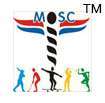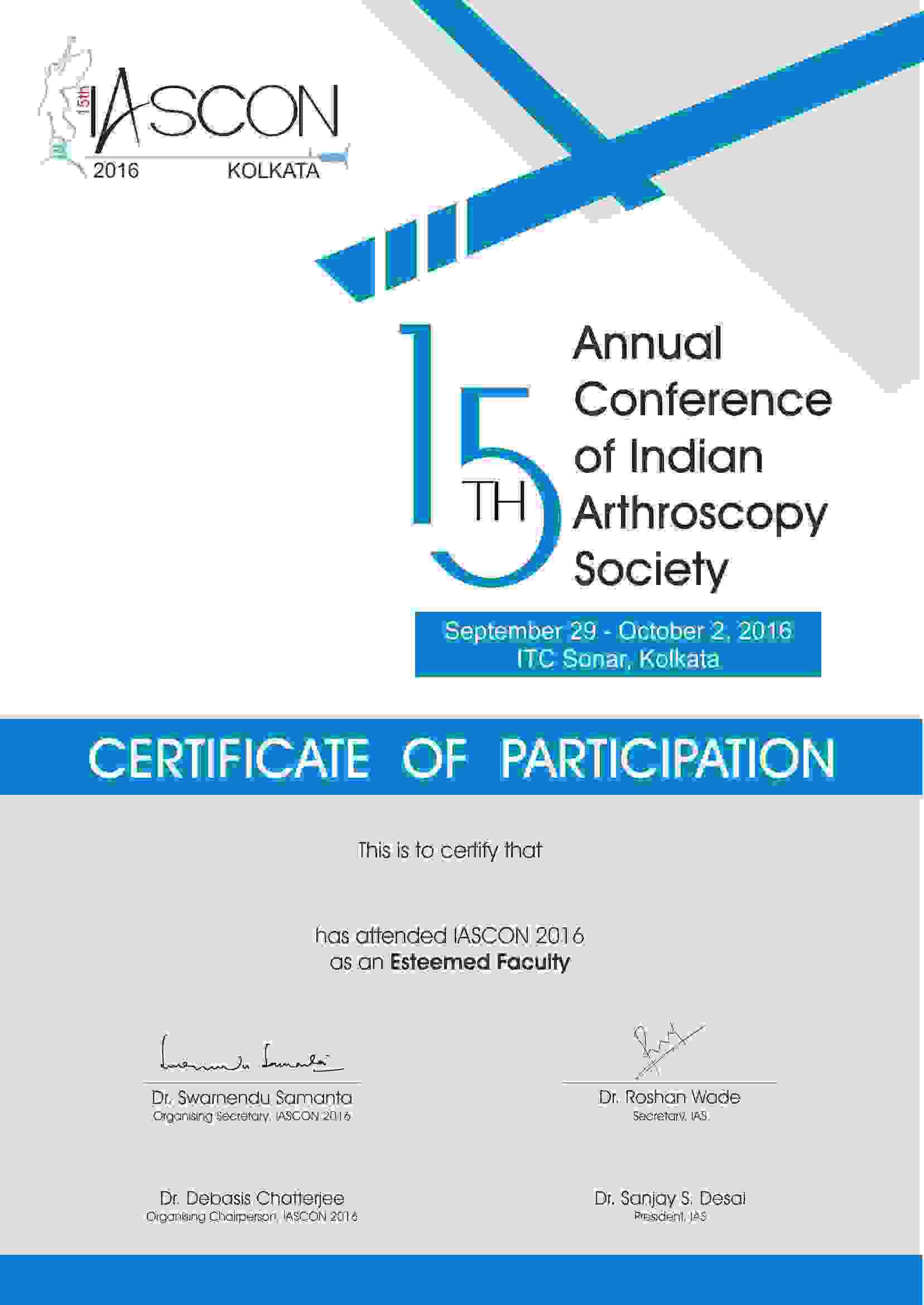The rotator cuff can be regarded as a common source of shoulder pain. The pain can be caused due to several factors:
- Tendinitis: This is a medical condition where the tendons in the rotator cuff get damaged.
- Impingement: This refers to the condition where the acromion gets impinged (rubbed against) on the tendons, causing pain and irritation. This occurs when the arm is raised to the height of the shoulder. This leads to narrowing of the rotator cuff.
- Bursitis: The bursa is that fluid-filled sacs that facilitate a free tendon movement during movement. Any inflammation in bursa is known as bursitis & can result in pain.
Rotator cuff tendinitis is associated with those activities that are frequently repeated. It may also be caused due injuries. It can be regarded as one of the mildest forms of rotator cuff injury.
Rotator cuff tendinitis is frequently seen in middle-aged people & young sportspersons.
Signs & Symptoms: The most general symptoms include local tenderness and pain. Crepitus is also experienced. However, the symptoms can vary with the stages of the disorder.
Early stage symptoms include:
- Minor shoulder pain at rest or during activity.
- Radiation of the pain from the front of the shoulder to sides.
- Sudden onset of pain during activities that involve increasing the arm elevation.
However, more symptoms are pronounced when the disorder advances. These include:
- Loss of motion.
- Pain during night.
- Difficulty in doing activities that involve turning the arms to the back portions.
Doctor Examination
After getting an idea about the symptoms, the doctor shall examine the shoulder. The doctor mainly checks for any deformity and tenderness. The range of motion and arm strength is also checked. After the examination, imaging tests are also prescribed for diagnosis confirmation.
X-rays: X-rays show the shoulder joints but not the soft tissues like the rotator cuff. Small bone spurs can be seen. The ‘outlet view’ perhaps provides a better view in these cases.
MRI and ultrasound scan: Images of rotator cuff tendons can be clearly seen. Presence of fluid and inflammation can also be shown. A partial tear if the rotator cuff can be observed in some cases.
Treatment: Important factors like level of activity, age, general health etc are taken into consideration for deciding the treatment method.
Non-surgical treatment: The method is appropriate for the treatment in initial stages. However, the treatment can take several months. The list below provides some of the non-surgical methods:
- Physiotherapy: The main objective of this method is to regain the normal level of activity. These include stretching exercises that is used to increase mechanical abilities like reaching your back, raising the arm position etc. This may be followed by exercises to strengthen the rotator cuff muscles.
- Medication: They are mainly medicines like naproxen, ibuprofen etc that reduce the swelling and pain.
- Use of steroids: This method is undertaken only if the above mentioned methods fail to relieve the pain. Cortisone is a prominent injection of this type. These injection types are commonly injected into the bursa beneath the acromion.
Surgical treatments: When the non-surgical treatments fail to improve the condition, surgical procedures may be undertaken. These surgeries are aimed at increasing the space for rotator cuff. In order to do this, the inflamed portion of the bursa is removed. In certain cases, anterior acromioplasty, which concerns with the removal of a portion of the acromion might also be undertaken. This procedure is named as subacromial decompression. These procedures can be done either arthroscopically or by open surgery. The methods have their own advantages and disadvantages. An advantage of open surgery is that the surgeon can directly see the shoulder. However, the time taken for recovery is comparatively larger.
Rehabilitation & Recovery: After performing the necessary surgery, the arm is placed on sling for quicker healing. When the situation betters, the sling is removed. Physiotherapy procedures allows to regain the mechanically ability of the shoulder.











